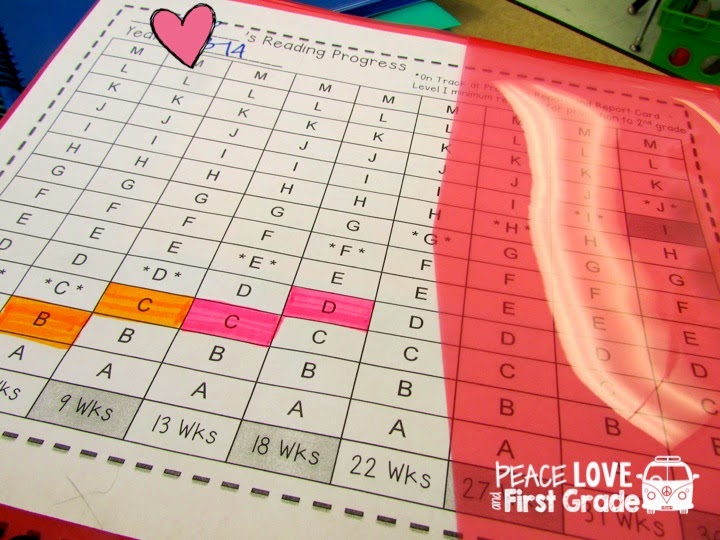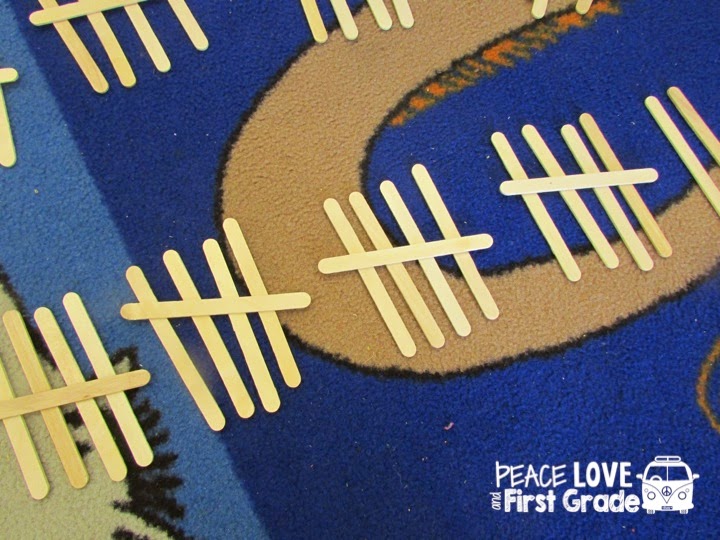It's no secret I love magnetic letters!
I also love using sound boxes for hearing sounds in words.
Kiddos need tons of hands-on practice connecting sounds to letters
and then sequencing those letters to make words.
It's a Win-Win!
Happy Reading!















